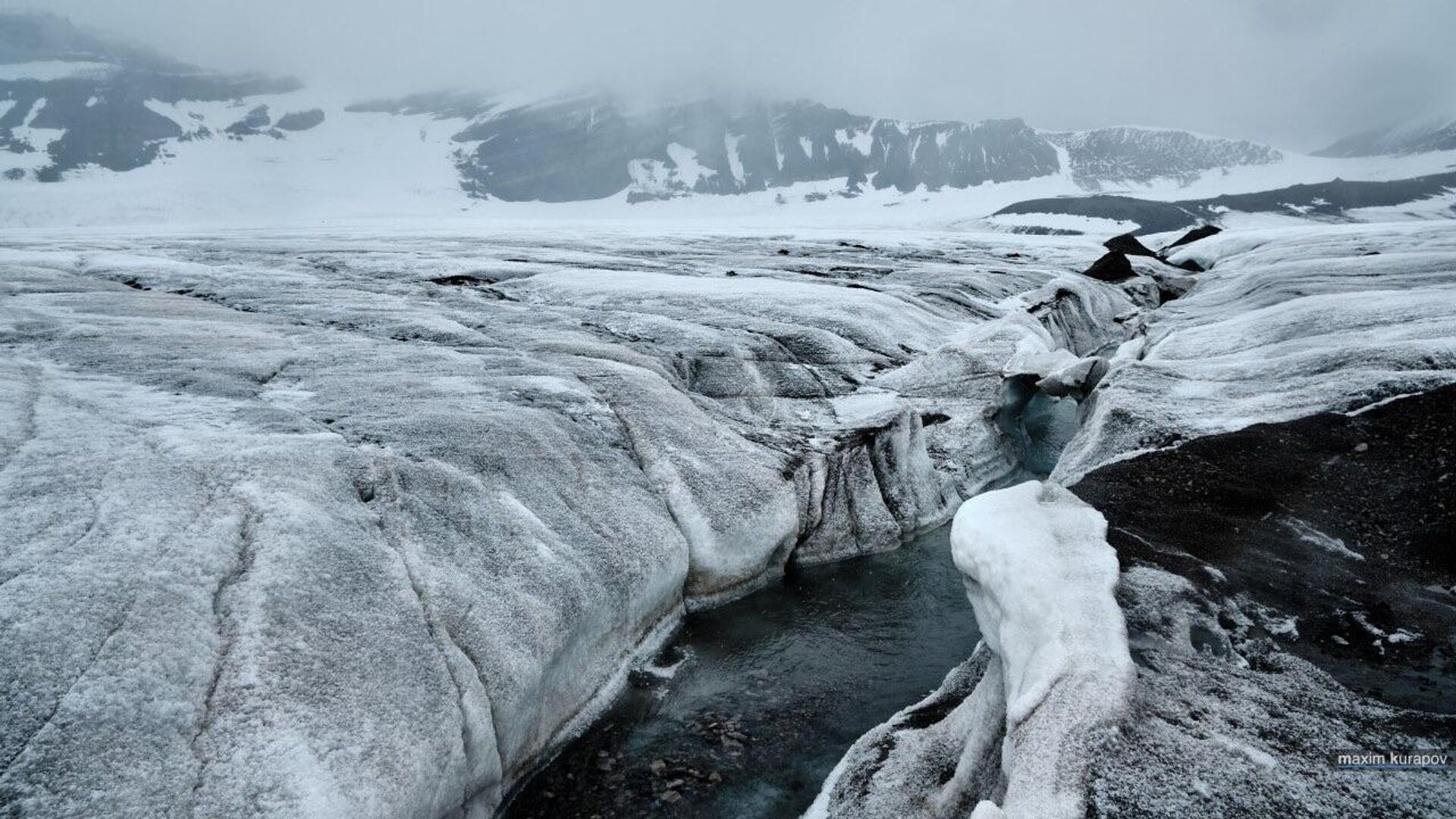
MOSCOW, November 22. Scientists from Northern (Arctic) Federal University, together with colleagues from the Russian State University of Humanities, during the expedition “Arctic Floating University” (AFU) established the peculiarities of pollution of the Arctic by marine debris, the press service of the university reported. Experts have proven that, unlike other polluted areas of the World Ocean, in the high-latitude Arctic, garbage is washed ashore by the surf and does not accumulate on the water surface.
The Arctic is a unique ecosystem that is extremely vulnerable to marine pollution. Branches of the Atlantic currents bring garbage, making the area a “dead end” for waste. Due to the decrease in ice cover, the opening of the Northern Sea Route, the growth of industrial shipping and fishing, as well as the expansion of tourism activities, the Arctic is becoming a zone of increased anthropological influence, said specialists from the Northern (Arctic) Federal University (NAFU) and the Russian State Hydrometeorological University (RGHMU).
During the Arctic Floating University (AFU) expedition, researchers studying pollution in the Arctic determined how marine debris accumulates in the region. According to the researchers, for the first time, evidence has been obtained that the garbage patch in the Western Arctic is not formed in the sea itself.
«
"As part of the expeditions "Arctic Floating University" 2021-2023 “We have proven that in the Arctic, unlike other known garbage areas of the world’s oceans, waste does not accumulate on the surface of the water, but is carried to the coast of the islands: first of all, the Novaya Zemlya and Franz Josef Land archipelago,” said the leader of the expedition, director of the Institute of Strategic development of the Arctic of NArFU Alexander Saburov.
Scientists noted that most often the accumulated garbage is small in size — up to 50 cm, but the sea also throws out large fishing items: buoys, boxes, fishing nets and others.
“For the first time in the Arctic region, an assessment was made of the rate of accumulation of marine debris on the coasts of the Novaya Zemlya archipelago over 3 years: it was found that despite annual cleanups, it is actively accumulating. Thus, after complete cleaning of control sites in 2021, in subsequent years — in 2022 and 2023 – there was a significant accumulation of new garbage thrown out by the sea (up to 70-80% of the values in 2021),” noted Alexandra Ershova, head of the PlasticLab laboratory of the Russian State University of Humanities.
1 of 3
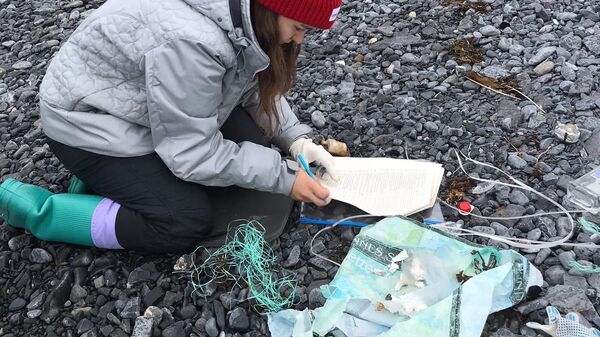
2 of 3

3 of 3
1 of 3
2 of 3
3 of 3
NAFU researchers emphasized that despite the fact that plastic is the most common material, glass and metal waste is increasingly found on beaches. This is likely due to increasing storm activity at sea, which may be due to climate change in the Arctic.
During the expedition, scientists found that the main source of pollution on the coasts of the Novaya Zemlya archipelago are ships from different countries (Russia, Norway, Denmark, Great Britain, Germany, Iceland) conducting active fishing in the Barents Sea, as well as cargo ships passing through the North Sea. sea route. This indicates a regular violation of the requirements of the international MARPOL Convention banning the dumping of plastic waste into the ocean.
In 2023, experts used unmanned drones for the first time to study the ecology of the Arctic. They assessed the advantages and disadvantages of the new method: the use of a UAV allows for greater coverage of the coast, but with its help it is impossible to identify the origin and type of small debris. According to scientists, in the future this promising method will help monitor plastic pollution in hard-to-reach areas of the Arctic.


















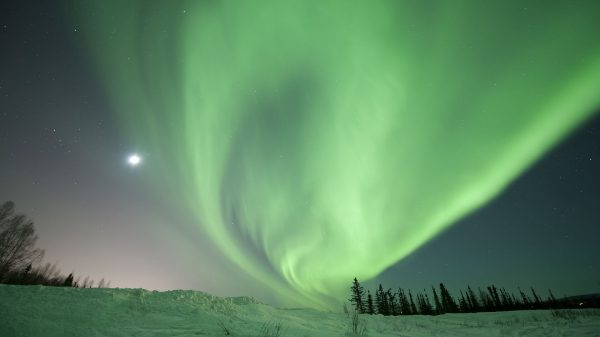
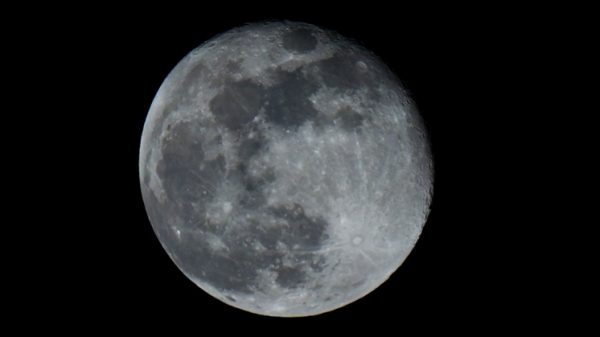

















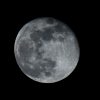




















Свежие комментарии